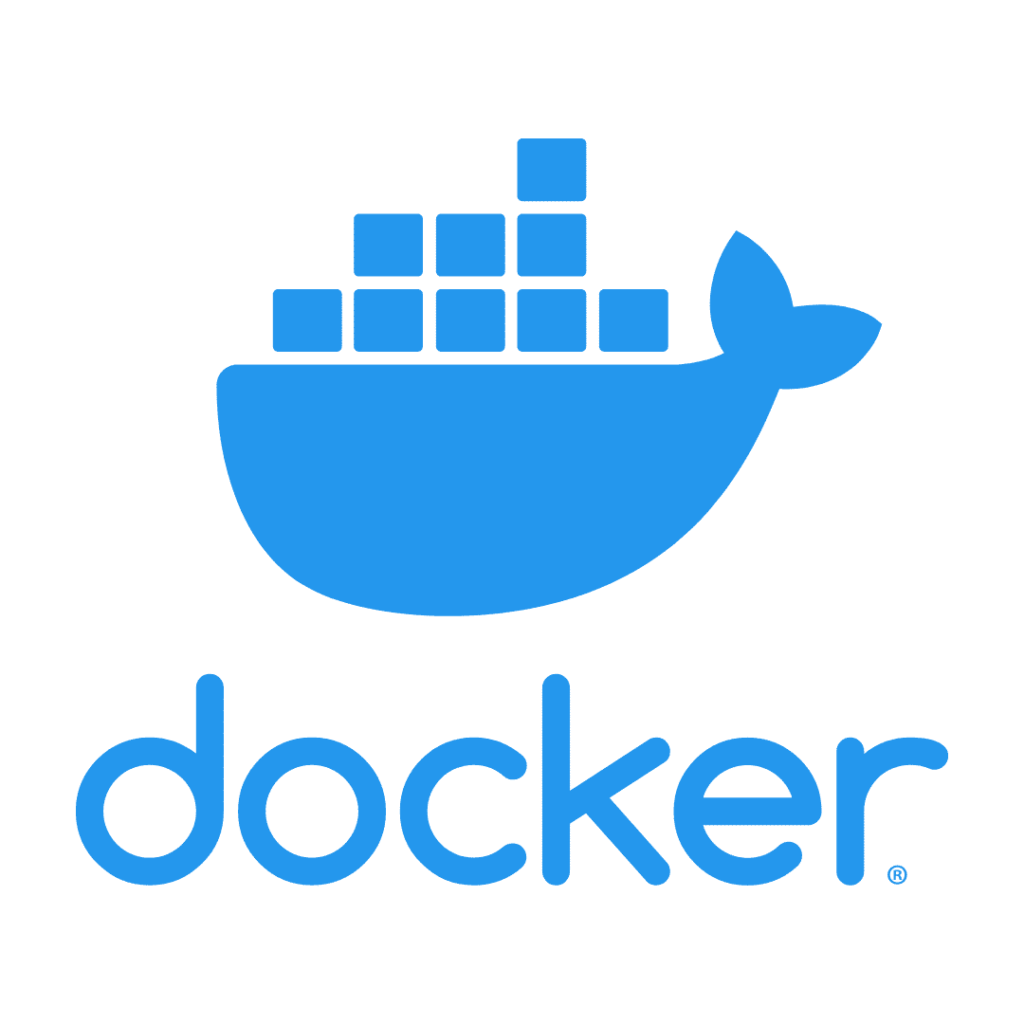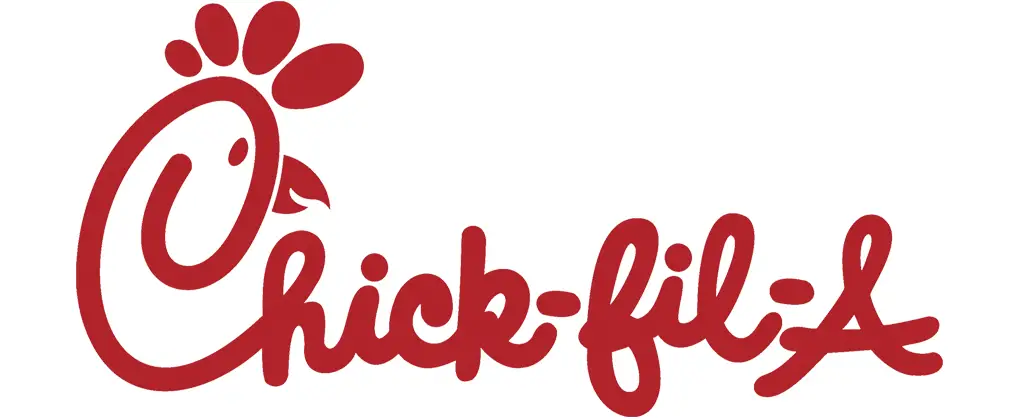Docker Competitors and Similar Companies

Docker is a platform-as-a-service (PaaS) application package software developed to enable easy APIs, UIs, and CLIs. Programmers/web developers find it an easy tool to scale through repetitive and mundane configuration tasks when developing an app (even a website). It makes it quite easy to accelerate the building, running, and sharing of modern full-stack applications.
| NAME | Docker, Inc. |
| FOUNDED | 2008 |
| HEADQUARTERS | Palo Alto, California |
| SIC CODE | 7372 |
| STATUS | Private Company |
| INDUSTRY SECTOR | Computer Software |
| EMPLOYEES | 361 |
| TRADING SYMBOL | NA |
How Docker makes money
Software Marketing
Datacenter, a sequence managing marketing tool, costs about $1,500 – $3,000 per node in a year. On-site programmers and app owners make money using the Datacenter collector via a sequence of free or cloud-based collections by users.
Docker Hub and Docker EE Enterprise
Docker EE enterprise, with Kubernetes, sells licensing to programmers using the platform. Docker Hub (Private Docker Repository and Webhook services) is an app store where programmers download ready-to-use app components. These products are packaged into containers and are available to free users too, but there are premium editions with additional features not included in core versions.
Docker Similar Companies
The 7 biggest rivals to Docker are;
- Kubernetes
- RunC
- LXD
- Containerd
- Apache Mesos
- Core OS
- Podman
Docker is an open-source project that automates the deployment of applications inside software containers by providing an additional layer of abstraction and automation of operating-system-level virtualization on Linux.
Docker generates about USD 51 million in sales across all its locations.
The global server virtualization market is forecast to grow from around 7 billion U.S. dollars in 2020 to around 10 billion U.S. dollars by 2026. – Statista
Now, let’s talk more details about the top 7 Docker alternatives;
Kubernetes
Kubernetes, also known as K8s, was founded in 2014. The container programming package is a managed, production-ready environment for running containerized applications. It works as an open-source system used for automating the management of containerized applications, automating deployment, scaling, and cloud computing.
Google Kubernetes Engine (GKE) is the industry’s first fully managed Kubernetes service that implements full Kubernetes API, 4-way autoscaling, release channels, and multi-cluster support. Kubernetes is acquired by Cloud Native Computing Foundation (CNCF).
Similarities between Docker and Kubernetes
- Kubernetes and Docker work together. Docker is a suite of tools to create, share, and run containers. Kubernetes operates containerized applications.
| Annual Revenue | Funding | Headquarters | EMPLOYEES |
| < $5 million | N/A | San Francisco, California | 251 – 500 |
RunC
RunC is a command-line interface (CLI) tool for pawning and running containers on Linux according to the OCI specification. It is developed and owned by the Open Container Initiative (also OCI) – an open governance structure to create open industry standards around container formats and runtimes. The package is managed under the auspices of The Linux Foundation. The Initiative is a gov-tech industry that is a non-profit type.
RunC is a low-level tool not designed with an end-user in mind. It is mostly employed by other higher-level container software. Therefore, unless there is some specific use case that prevents the use of tools like Docker or Podman, it is not recommended to use RunC directly.
Similarities between Docker and RunC
- Both software packages have a user-friendly Container Runtime Interface (CRI)
| Annual Revenue | Funding | Headquarters | EMPLOYEES |
| N/A | N/A | San Francisco, California | >10 |
LXC
Linux Containers is an operating-system-level virtualization method for running multiple isolated Linux systems on a control host using a single Linux kernel. LXC stable release (version 4.0.12) was launched in 2008. The Linux kernel provides the cgroups functionality. The functionality allows prioritization of resources (logic points – block I/O, network, CPU memory, etc.) without needing to start any virtual machines.
This same kernel allows isolation functionality to support the complete isolation of an application’s view of the operating environment.
Similarities between Docker and LXC
- Although LXC is focused on OS containerization and Docker is based on application containerization, both are flexible.
| Annual Revenue | Funding | Headquarters | EMPLOYEES |
| N/A | N/A | London, England (UK) | 1-10 |
Containerd
In 2019, Containerd became an officially graduated project within the Cloud Native Computing Foundation, following Kubernetes, Prometheus, Envoy, and CoreDNS. It is a container runtime that manages the lifecycle of a container on a physical or virtual machine (a host).
Containerd is available as a daemon for Linux and Windows. It manages the complete container lifecycle of its host system, from image transfer and storage to container execution and supervision to low-level storage to network attachments and beyond.
Containerd was designed as an industry-standard container runtime, emphasizing simplicity, robustness, and portability. It was designed to be used by Docker and Kubernetes and any other container platform that wants to abstract away syscalls or OS-specific functionality.
Similarities between Docker and Containers
- Both software packages are part of the CNCF
| Annual Revenue | Funding | Headquarters | EMPLOYEES |
| $2 million | $15 million | — | — |
Apache Mesos (AM)
Apache Mesos (founded in 2013) is a pool of resources that abstracts CPU, memory, storage, and other compute resources away from machines (physical or virtual), enabling fault-tolerant and elastic distributed systems to be built and run effectively easily. The Mesos kernel runs on every machine and provides applications (e.g., resources management and scheduling across the entire data center and cloud environments). Apache Mesos was developed at the University of California, Berkeley. It provides efficient resource isolation and sharing across distributed frameworks.
Similarities between Docker and AM
- The two packages scale to nodes
| Annual Revenue | Funding | Headquarters | EMPLOYEES |
| N/A | N/A | San Francisco, CA | 250-500 |
Core OS
Core OS LLC’s Container Linux (formerly CoreOS Linux) was launched in 2013 by the Core OS team and Red Hat. IBM has acquired the company.
The container is a discontinued open-source lightweight operating system based on the Linux kernel and designed for providing infrastructure to clustered deployments. Core OS container targets servers and clusters for running application programs.
Container Linux provides ETCD, a daemon that runs across all computers in a cluster and provides a dynamic configuration registry, allowing various configuration data to be easily and reliably shared between the cluster members. This container is in a discontinued state, with further release support with rkt (formerly, Rocket) and other Apache resource licensed products.
Similarities between Docker and Core OS
- Both packages are lightweight and picked by many developers’ industries
| Annual Revenue | Funding | Headquarters | EMPLOYEES |
| N/A | $48.1 million | San Francisco, CA | 51-100 |
Podman
Podman is a daemons (no background running process) container engine for developing, managing, and running OCI Containers on your Linux System. Containers can either be run as root or in rootless mode. Red Hat also developed this software. Podman is a tool for managing containers and images, volumes mounted into those containers, and pods made from groups of containers.
Similarities between Docker and Podman
- Both software products build container images
- They both run containers as roots
| Annual Revenue | Funding | Headquarters | EMPLOYEES |
| <$5 million | N/A | — | <25 |
CONCLUSION
Docker’s biggest competitor is Kubernetes. OS-level virtualization clusters and server-simplifying machines packaged into containers serve billions of servers and applications all over the world. While containerization is a versatile technology with a diverse assortment of applications across IT, the projected world revenue from the global application container market is USD 2.1 billion in the next 5 years, giving a clue on how big top competitors In the market would grow.


